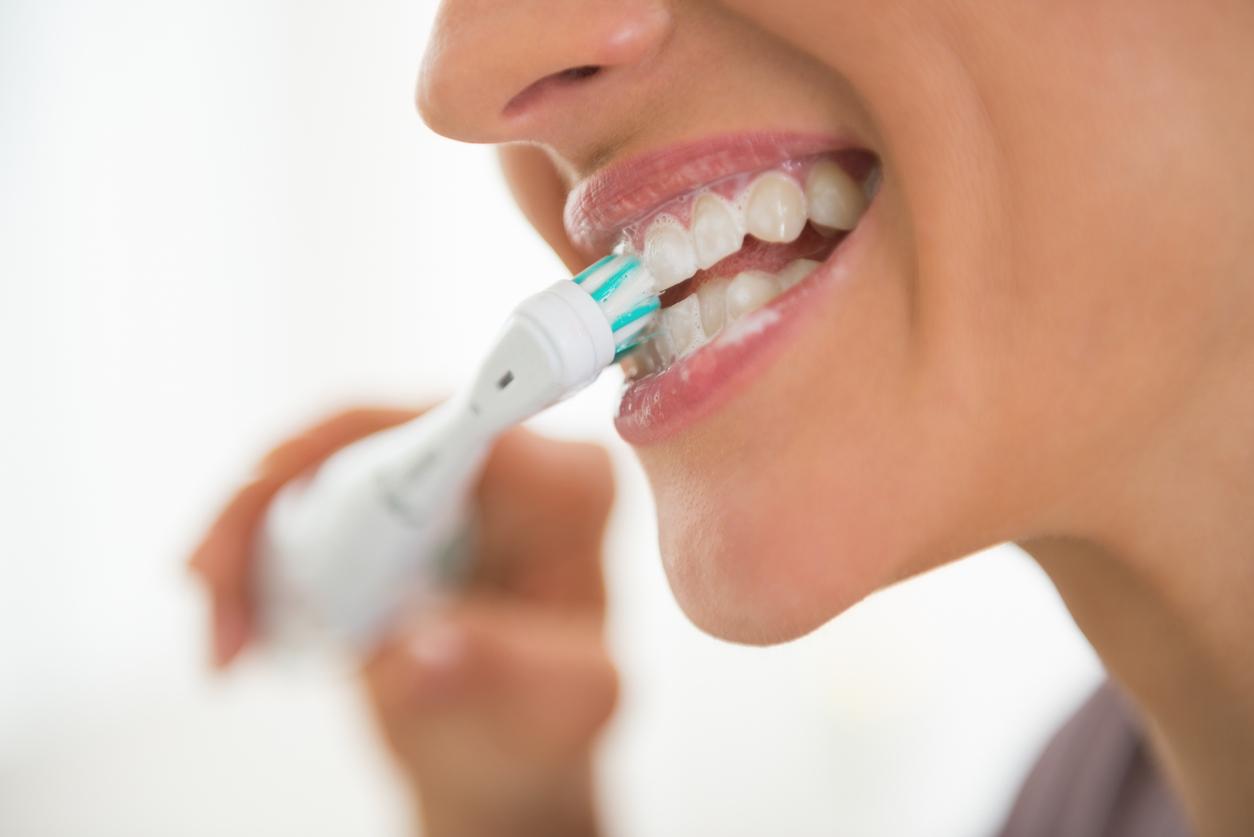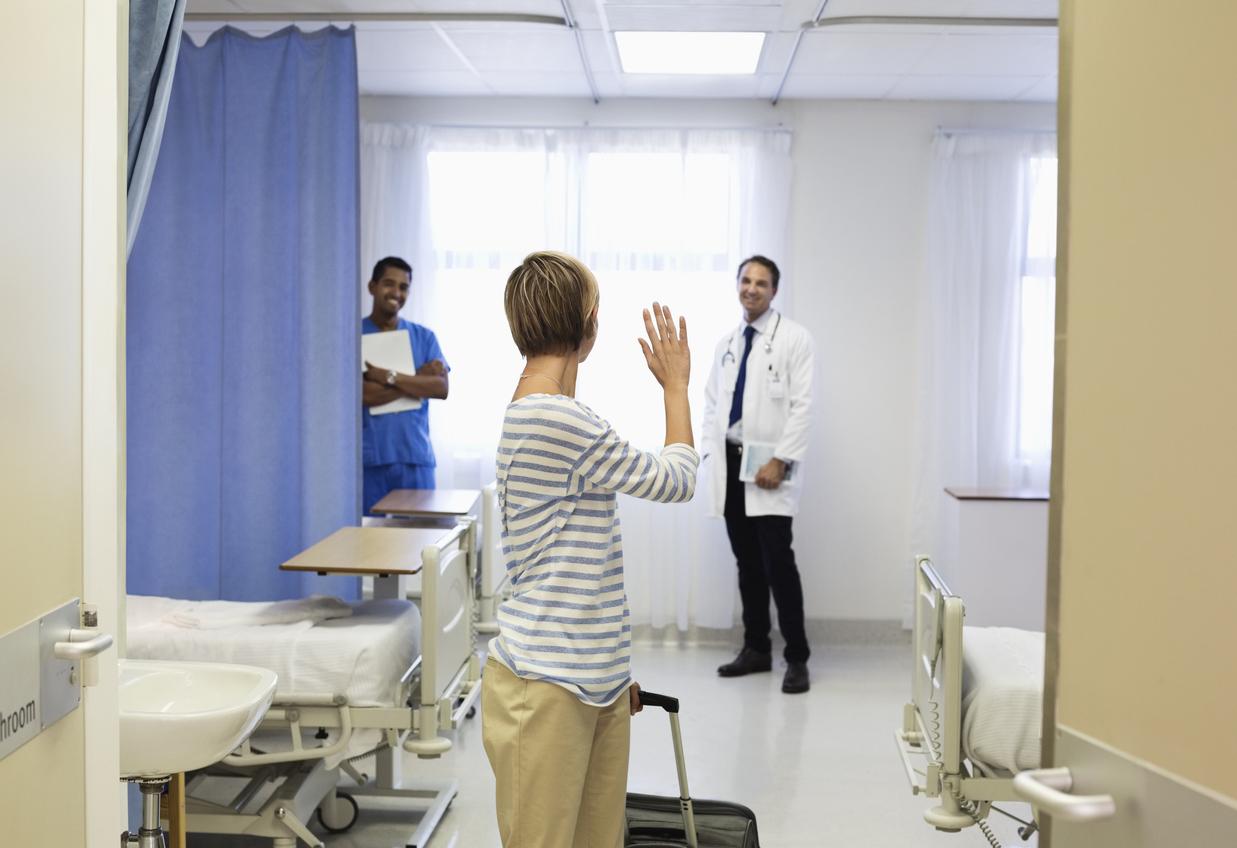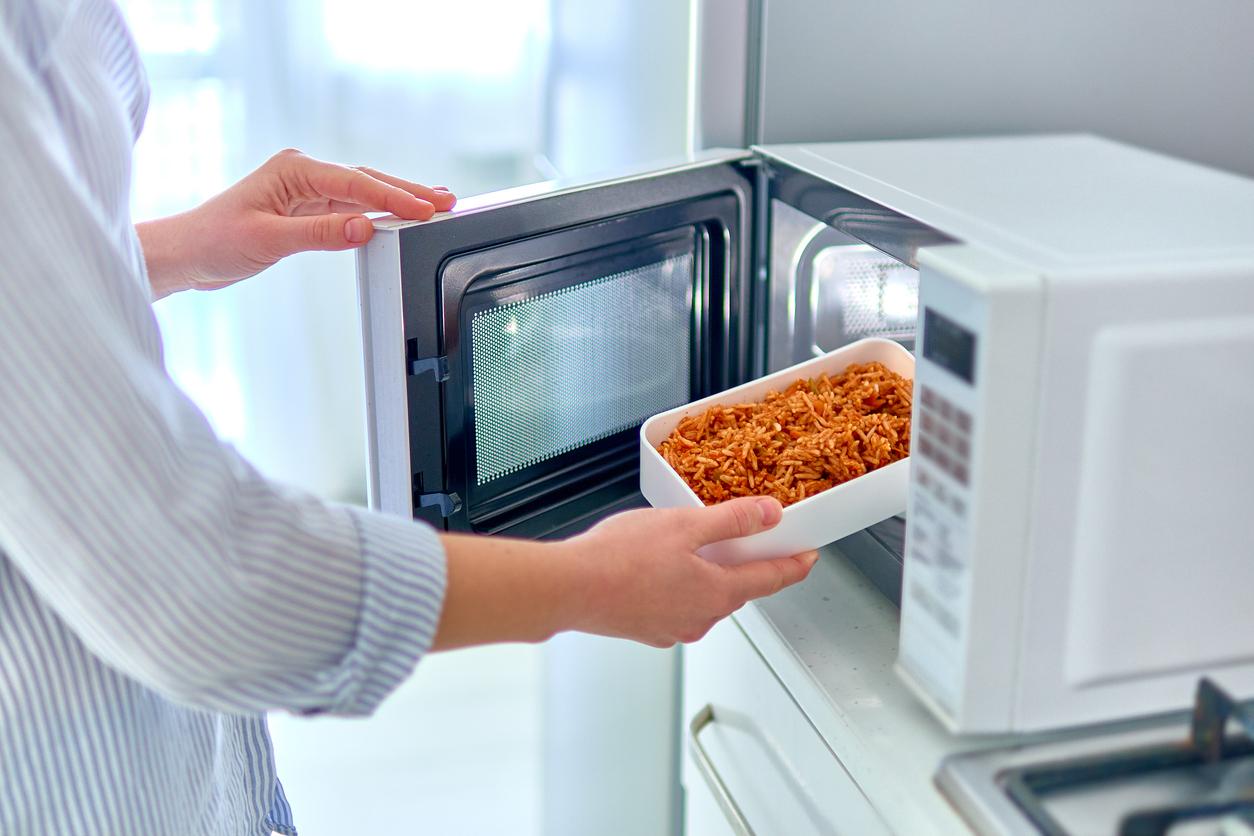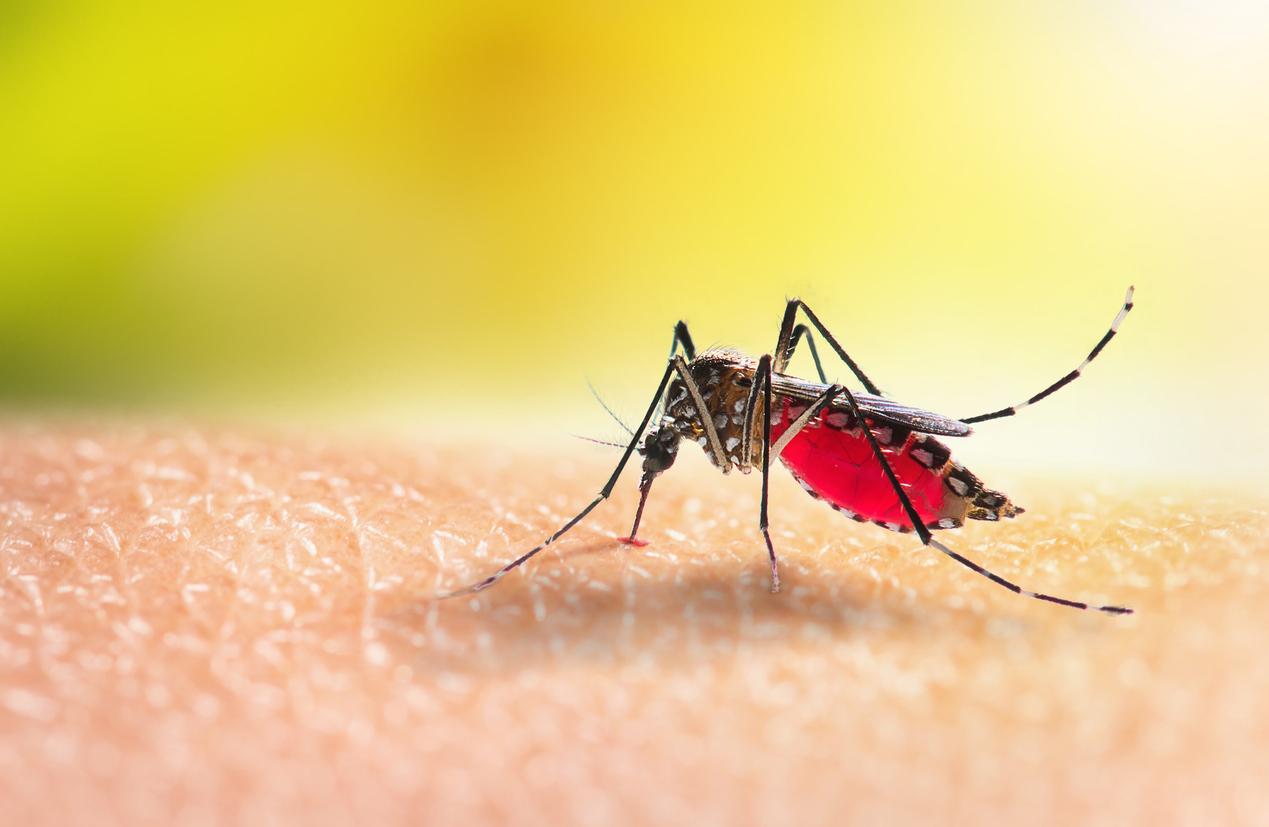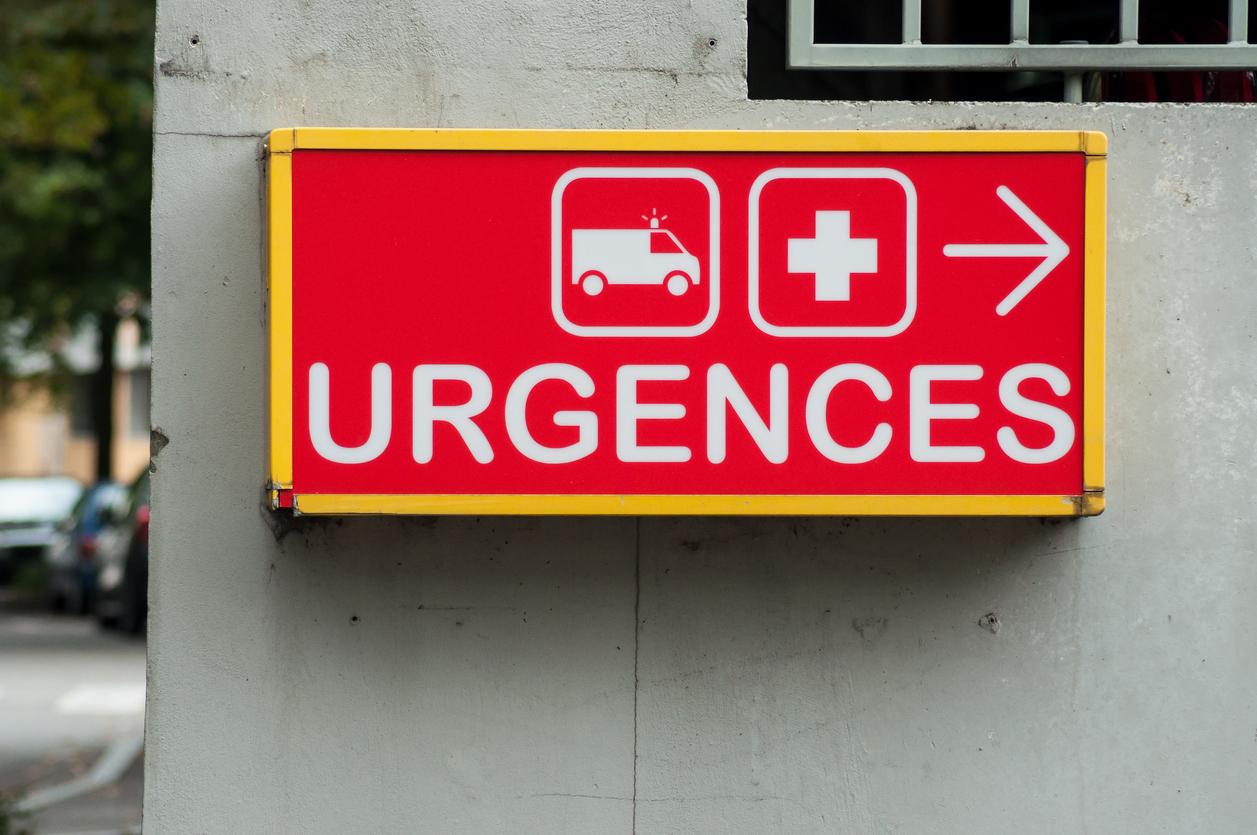
All about this resistant threat
He occasionally makes the news: the hospital bacterium MRSA. This bacterium is resistant to various antibiotics and therefore poses a health hazard. Hospitals take hygiene measures to prevent (the spread of) the bacteria. The who, what, where about the MRSA bacteria can be found here.
MRSA is the abbreviation for methicillin-resistant staphylococcus aureus. Staphylococcus aureus is a skin bacteria that occurs in about 30 percent of people. The bacterium also enters mucous membranes, such as the nasal cavity. If the bacteria enters the body, it can cause not only skin and wound infections, but also urinary tract infections and pneumonia.
insensitive
The methicillin-resistant staphylococcus aureus has become resistant to methicillin and others antibiotics. This resistance started a year after the antibiotic methicillin came on the market in 1959. It affected only a few bacteria, but the resistance has been steadily increasing since then. This makes infections with MRSA bacteria more difficult to treat.
MRSA carriers
Less than 1 percent of the Dutch population carries MRSA. Healthy people who carry MRSA usually don’t get sick. In many cases, this contamination is also temporary. The bacteria will disappear on their own.
However, carriers with a reduced resistance can get an infection. This can lead to all kinds of inflammation. MRSA can also spread through the body through the bloodstream. In this way, MRSA can also damage organs.
Recognition
The symptoms are not always visible and not always the same. This makes recognition of MRSA infection difficult. To determine whether a patient is infected with the bacteria, samples are taken from the mucous membranes and any wounds present. These samples are cultured and tested for MSRA.
An MSRA infection is more difficult to fight due to the resistance to the most commonly used antibiotics. Fortunately, there are still antibiotics that can treat the infection, but these have more side effects or are more expensive.
Hospital bacteria
MRSA is most common in environments where many antibiotics are used, such as nursing homes and hospitals. The patients here, of course, often have a reduced resistance.
Thanks to a strict national policy, ‘only’ 1 percent of hospital patients in the Netherlands become infected with the bacteria. Abroad, a less strict antibiotic policy is followed and 20 to 50 percent of hospital patients contract an MRSA infection.
A certain type of MRSA has now also been discovered in intensive livestock farming. Many antibiotics are also used in this sector. People who work with live veal calves and pigs have a high chance of becoming carriers of this specific form of MRSA.
Appearance
Hygiene is key to preventing MRSA infections. This certainly also applies to carriers of the bacteria. It is also wise for them to consult a doctor or nurse when they visit a healthcare institution.
In addition, caution is advised with antibiotics. In this way we can prevent this bacterium from becoming resistant to antibiotics.
Sources):










